Shin-Cha: How to Enjoy the Freshest Japanese Tea
It’s not spring in Japan without the mellow taste of the new tea harvest
Shin-cha from Japan’s fresh springtime harvest makes for a flavorful and unique cup. Read on for where to find it, what makes it special and how to best enjoy it.
After the cherry blossoms rain their pink petals onto the ground and as the breeze starts to feel decidedly springlike, Japanese tea lovers can look forward to shin-cha (literally, new tea), a smooth version of green tea that is made with the early harvest of leaves.
Below, we let you know all about this remarkable tea, from what makes it different from other green teas produced in Japan to how best to store and drink it. And, of course, scroll down for where to buy it for a Japan-only taste of springtime!
Shin-cha: A special spring cup
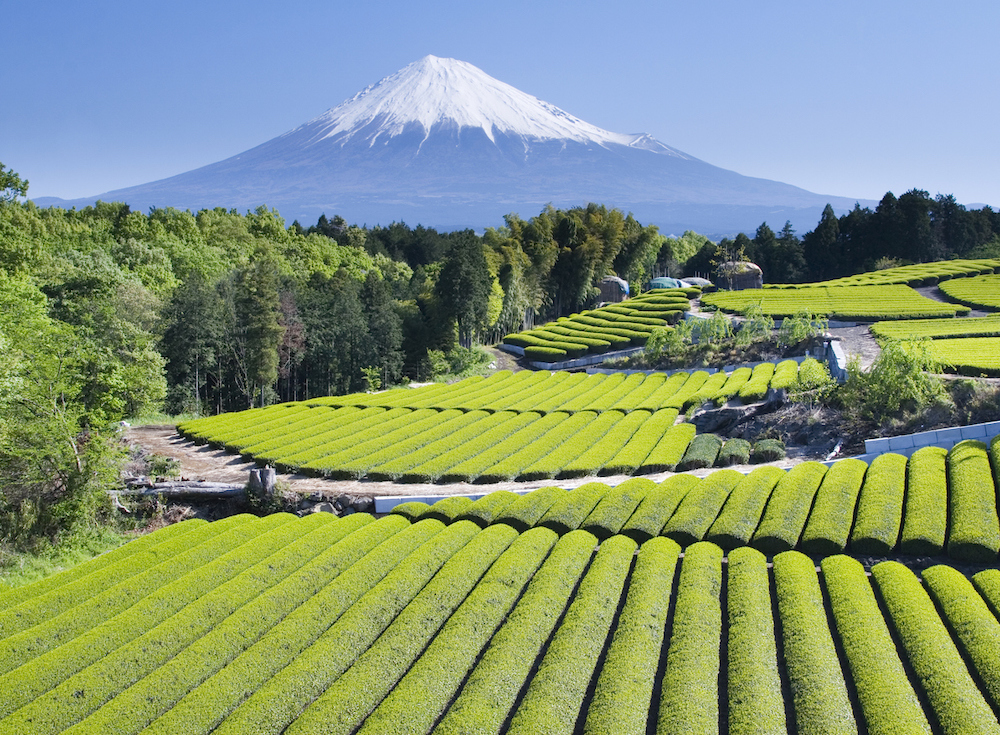 © Photo by iStock: rssfhs
© Photo by iStock: rssfhsTea trees in Japan are harvested four times a year, from spring to fall. Each harvest gets designated with its own name and number corresponding to the harvest; for example, tea from the second harvest is called niban-cha (literally second tea, but usually termed second flush tea in English). Ichiban-cha, or first flush tea, is the very first to be harvested in the spring, usually between late April and late May. This tea, known for its exceptionally delicate flavor, is also called shin-cha or new tea.
Shin-cha is different from other green teas you might have tasted in Japan and there are scientific reasons why. Indeed, for those of you who find sencha too astringent or too vegetal (otherwise known as grassy), I cannot recommend shin-cha enough as an alternative. As a flavor profile, the first flush is known for its more mellow and fresh taste. This is because tea trees store their nutrients during the colder winter months and so the first picked leaves in spring are still packed with this seasonal boost in amino acids and vitamins. In particular, the amino acids Theanine and Glutamine, which impart the smooth umami that this tea is known for, are highest in shin-cha. When this is combined with the tea’s unmatched freshness in April and May, you get a truly special cup of tea.
How to best savor first flush tea
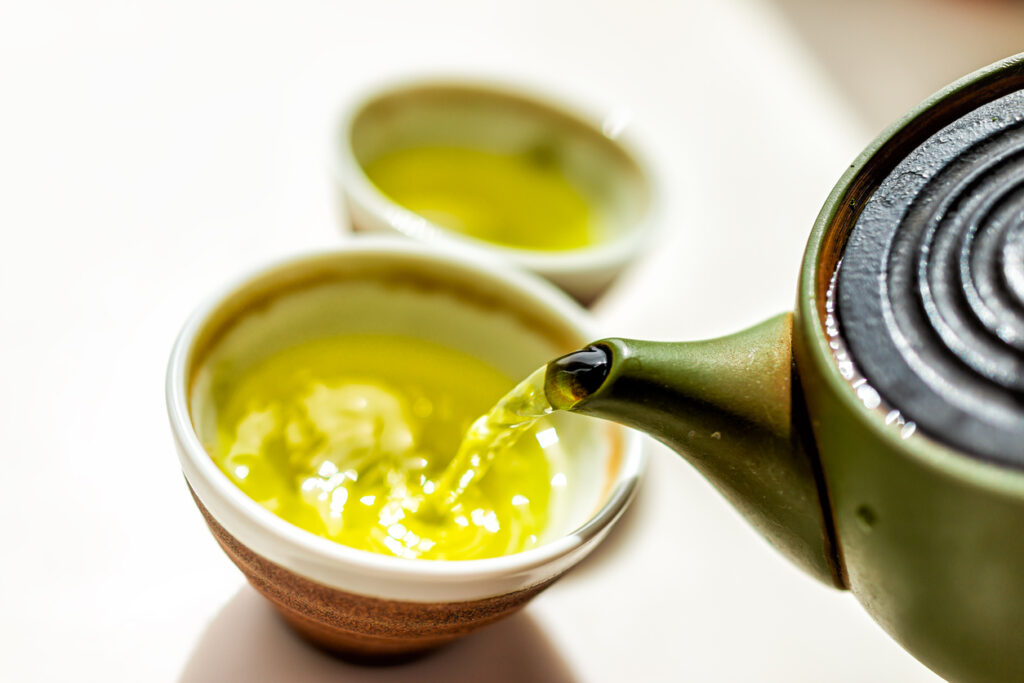 © Photo by iStock: krblokhin
© Photo by iStock: krblokhinWhen preparing a cup of Japanese green tea, there are two flavor components to consider, the umami or savoriness and the shibumi or tartness. Theanine, which contributes to the umami flavor, is stable across temperatures but Catechin, a polyphenol responsible for the astringency levels in tea, is brought out by heat. As such, using hot or boiling water on delicate fresh green tea leaves produces a flavor sometimes referred to as “burned”; because the Catechin’s tartness is activated by the heat, it will overwhelm the umami of the shin-cha. So, this is best avoided!
Most Japanese green teas are recommended to steep at 70 or 80 degrees—much lower than the boiling water for black teas. This is also true for first-flush tea. Understanding the science can help you create a cup best suited to your tastes. If you want a sweeter and more umami-flavored tea, steep it with cooler water, even as low as 40 degrees. This will block the taste of the astringency and leave you with the most mellow of green teas. For a cup with more astringency, go as high as 80 degrees. Generally, use two teaspoons of tea per person with 150-200 milliliters of water. You can re-steep the same leaves several times as well!
How to best store shin-cha
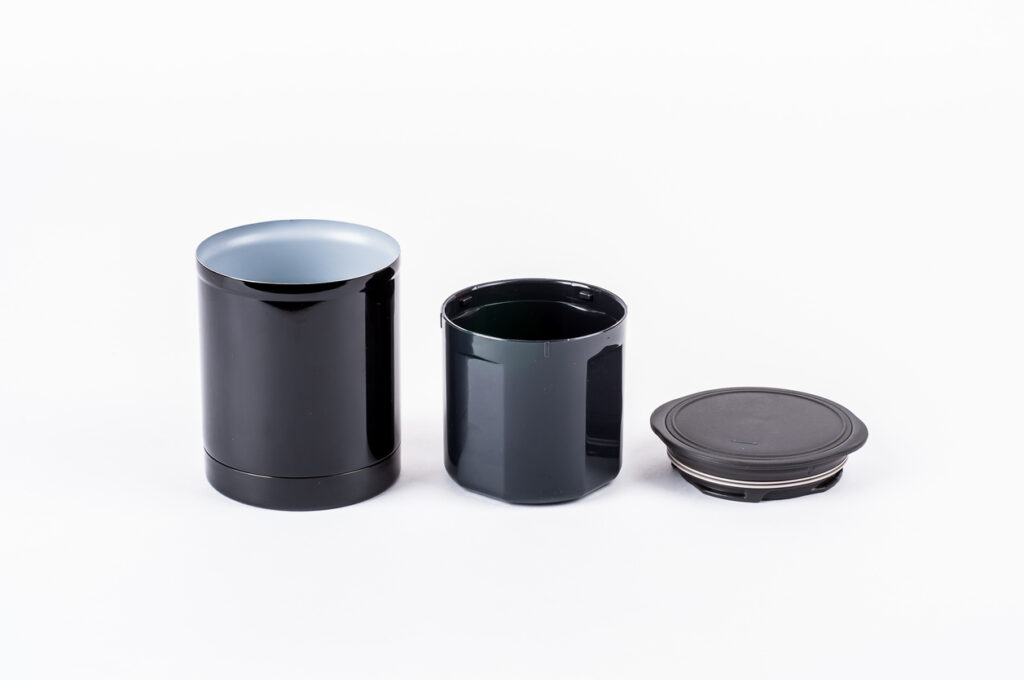 © Photo by iStock: niuniu
© Photo by iStock: niuniuWhen storing an opened bag of your fresh spring tea, there are three things to avoid: light, heat and moisture. In order to do this, storing your tea in a designated tea container is your best bet, with bonus points for ones with an internal as well as an external tightly sealed lid. Ditto for one that is the right size so excess air cannot circulate inside. This prevents said light, heat and moisture from eroding the scent and flavor of your new tea. An ideal place to store the container is in a cool, dark and dry pantry. While the refrigerator may seem like a good idea given this criteria, it is actually too humid and there is the unfortunate potential for other foods’ flavors to transfer. And, finally, try to finish your shin-cha within a month of opening to optimize its taste!
Buying shin-cha
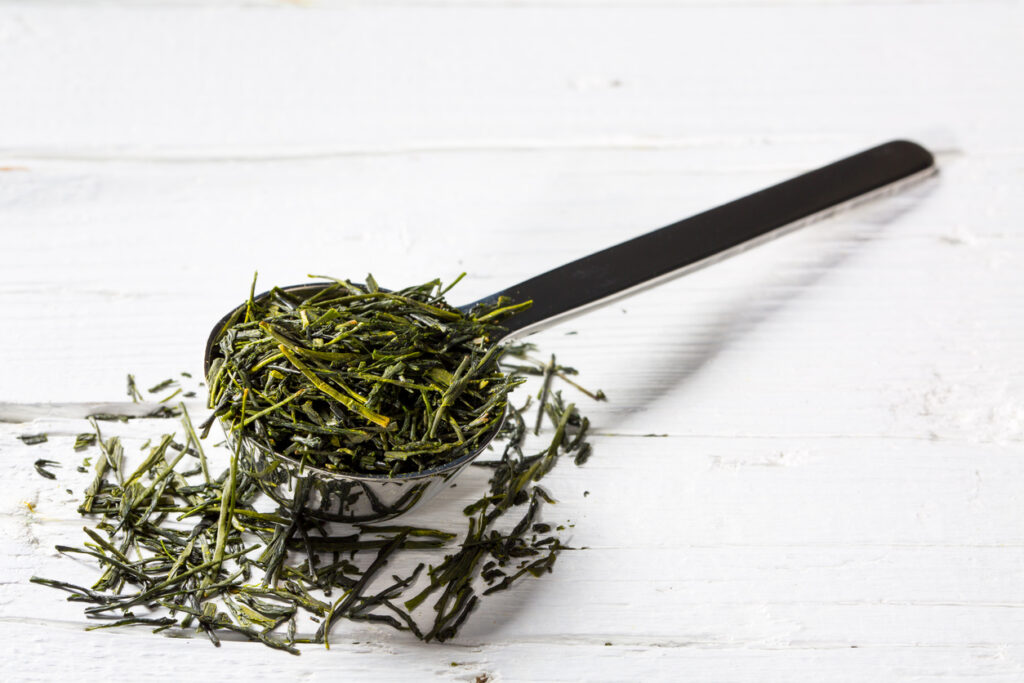 © Photo by iStock: orinoco-art
© Photo by iStock: orinoco-artWhen buying first flush tea, preserving its freshness is essential to your experience. So, why not reserve in advance with different tea producers and have the fresh tea sent directly to you from the region it was picked in? Below, we have some recommendations for 2023 shin-cha from the six top tea-producing prefectures in Japan. Remember also that the more south the tea region is (like Kagoshima prefecture), the earlier its shin-cha will be ready to ship!
- Fukuoka prefecture’s shin-cha: Hoshi Tea
- Kyoto prefecture’s shin-cha: Ippodo Tea
- Shizuoka prefecture’s shin-cha: Shizukaen
- Mie prefecture’s shin-cha: Shinsabo
- Kagoshima prefecture’s shin-cha: Jasabo Satsumaji
- Miyazaki prefecture’s shin-cha: Shinryokuen
Have you tried shin-cha in Japan before?












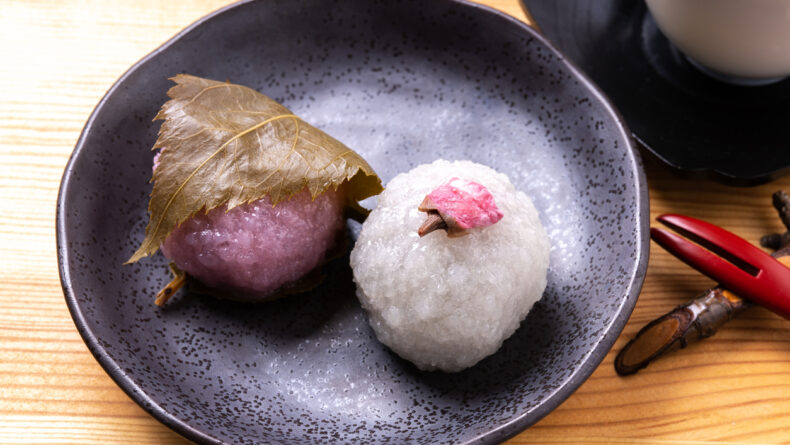

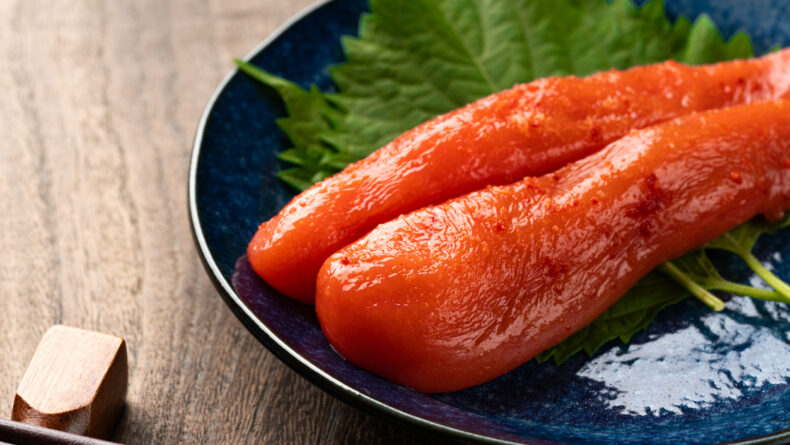

Leave a Reply